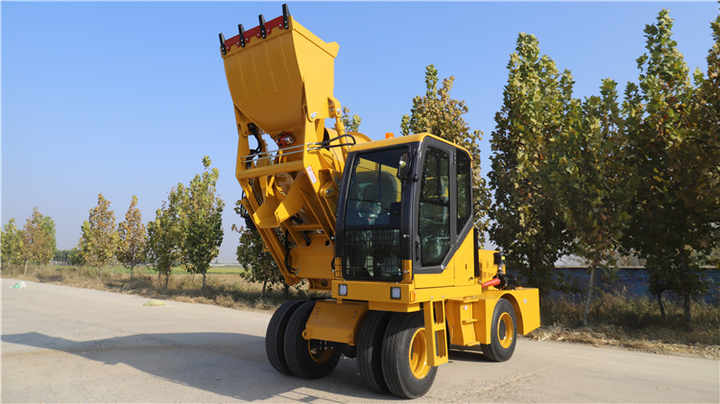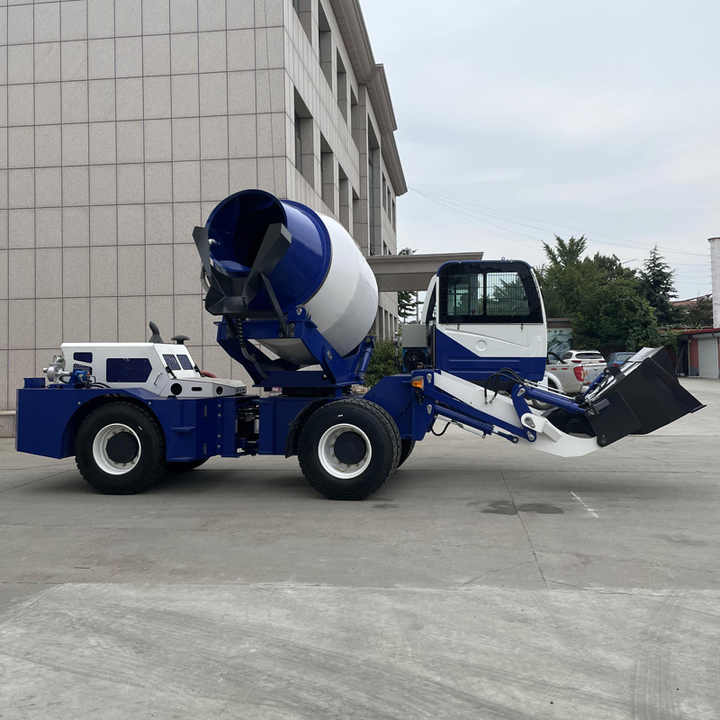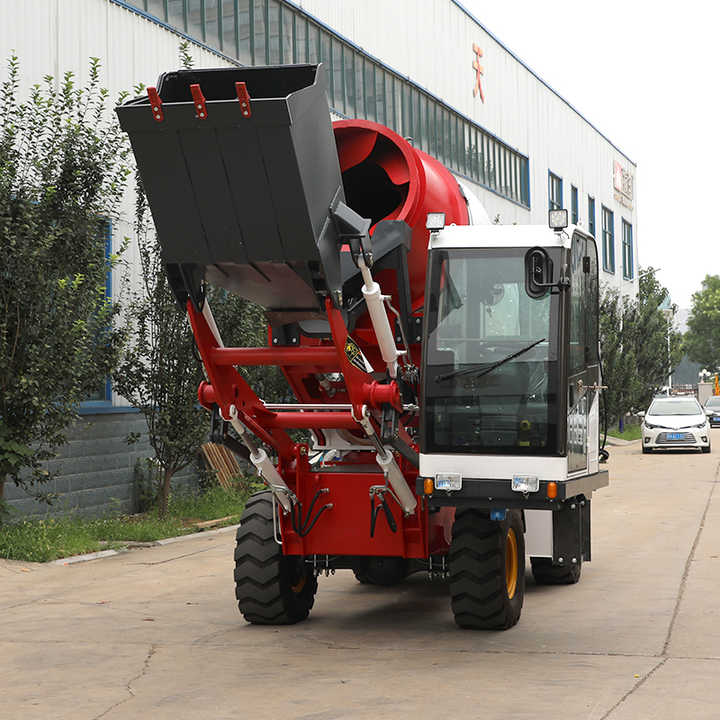Concrete Batching Plant Cost Analysis and Smart Investment Strategies
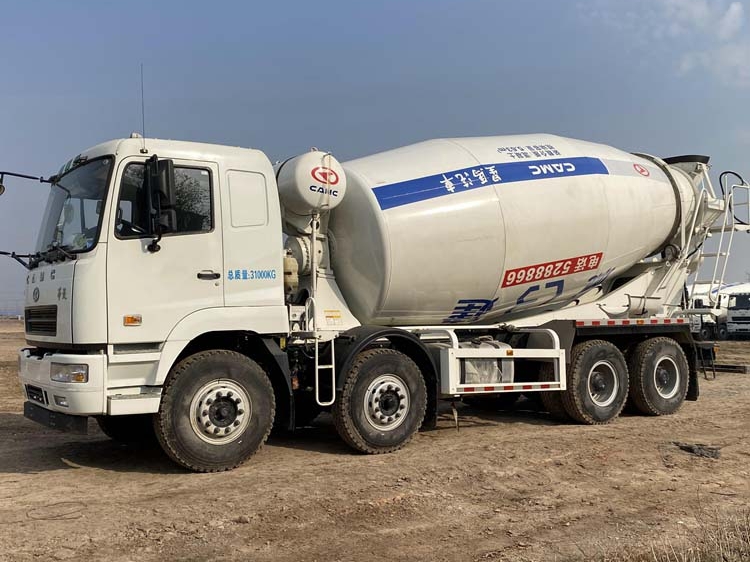
In the construction industry, concrete batching plants serve as pivotal equipment for efficient production. Understanding the cost components of these plants is crucial for businesses contemplating investment or purchase. This article delves into the cost analysis of concrete batching plants and offers insightful strategies for smart investment.
Overview of Concrete Batching Plant Costs
Concrete batching plants span a broad cost range, typically varying from
,to0,0 USD, contingent upon their production capacity and configuration. Beyond the initial equipment purchase, expenses encompass site preparation, installation, staffing, raw material procurement, daily operations, and maintenance. Hence, a holistic view of lifecycle costs is imperative for accurate assessment.
Types and Pricing of Concrete Batching Plants
The market presents diverse concrete batching plant models, each with unique processes and performances, impacting their pricing. When acquiring a plant, clarity on the projected production scale is vital. Subsequently, determining the required capacity, model, and configuration aids in selecting suitable equipment. Customization options from basic setups to fully automated systems further enrich purchasing decisions.
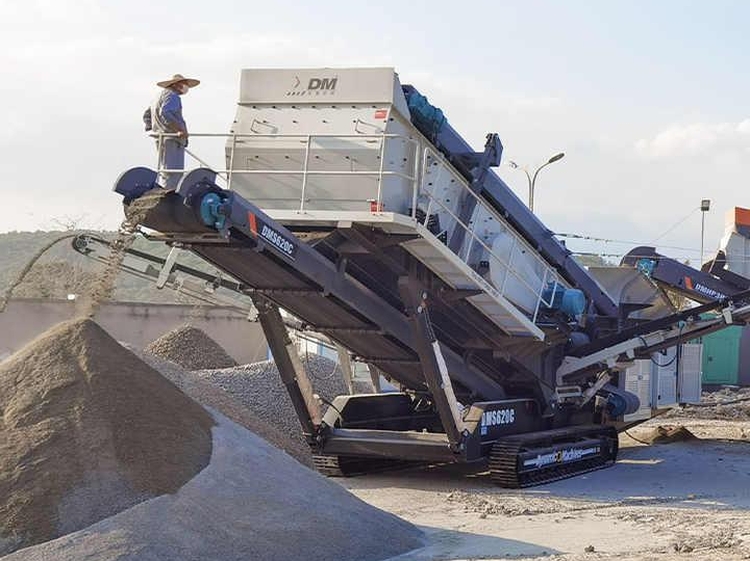
Detailed Cost Analysis
Production Capacity: A primary cost driver, increased capacity elevates procurement costs and raw material demands.
Equipment Type and Model: Significant price variations exist; mobile versus stationary plants illustrate this. Selecting based on needs and budget ensures optimal value.
Site Construction Expenses: Encompasses land leasing/purchasing, office and accommodation costs, and eco-friendly infrastructure like enclosed material yards.
Operational Costs: Daily expenses include utilities, wages, raw materials, and equipment maintenance, impacting profitability.
Administrative Fees: Licenses and permits, such as environmental impact assessments and safety licenses, contribute to overall costs.
Commercial vs. Engineering Plants: Commercial plants necessitate higher investments due to versatility and automation, whereas engineering plants can streamline configurations for cost savings.
Cost Reduction Strategies
Appropriate Equipment Selection: Aligns with production demands, avoiding overcapacity or underperformance.
Optimized Site Layout: Efficient space utilization reduces land and infrastructure costs.
Modular Designs: Expedite installation, facilitate future expansions, and cut site work expenses.
Considering Used Equipment: Budget-friendly but demands thorough quality and maintenance cost evaluations.
Automation: High initial costs are offset by reduced labor expenses and enhanced productivity.
Eco-friendly Practices: Energy-efficient equipment reduces operational costs and meets environmental standards.
Competitive Pricing: Multi-vendor sourcing ensures cost-effective procurement.
Operational Cost Planning: Optimizes resource utilization, minimizing expenses.
Raw Material Cost Control: Long-term supplier relationships ensure price stability and quality assurance.
. Quality After-Sales Service: Minimizes downtime and maintenance fees, ensuring equipment reliability.
Conclusion
Investing in concrete batching plants demands a comprehensive consideration of factors encompassing production scale, equipment type, raw material costs, land and infrastructure, labor expenses, operational costs, and environmental compliance. Strategic planning and management control costs, enhancing return on investment. ZOOMJO, a reputable manufacturer, offers factory-direct, high-quality concrete batching plants with competitive pricing, an -month warranty, and robust after-sales support, ensuring optimal plant performance.
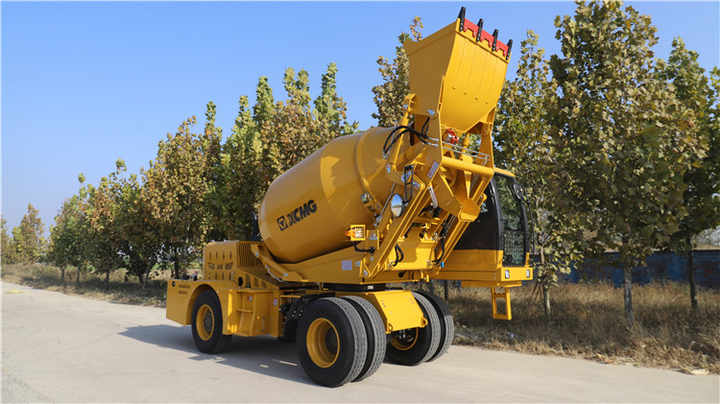 Specifications & Guideline
Specifications & Guideline

